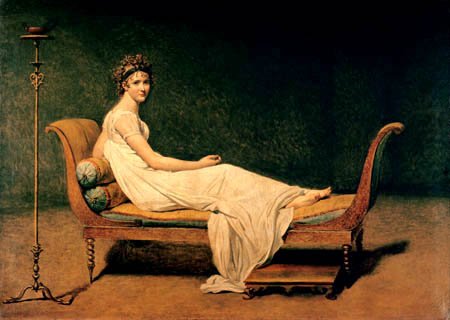
Meindert Hobbema was thought to have been born in 1638 in Amsterdam but there are varied opinions on this fact. The name “Hobbema” was his own invention as his father’s name was Lubbert Meyndert. He was the great landscape painter of the Dutch Golden Age. The Dutch Golden age was that period in Dutch history which spanned the 17th century, at the time of, and following the Eighty Years War, which encompassed the struggle for Dutch independence. The newly formed Dutch Republic became the most prosperous nation in Europe, and led European trade, science, and art. The northern Netherlandish provinces that formed part of the new state had customarily been less significant as artistic centres in comparison with the Flemish cities in the south. The war caused tremendous disruption and resulted in the break with the old monarchist and Catholic cultural traditions. As a result, Dutch art needed to reinvent itself entirely, a task in which it was very largely successful and this re-birth was known as the Dutch Golden Age.
We know that Hobbema was active as an artist in Amsterdam and that he was a pupil of the great landscape painter Jacob van Ruisdael. Some of Hobbema’s work showed a distinct similarity to his master’s work and as Ruisdael’s paintings were in great demand, a number of Hobbema’s works were passed off as being works of his master. Strangely enough, in years to come when Hobbema’s flair as an artist and his artistic gift was established, the reverse would happen.
Hobbema married Eelije Vinck in 1668 who had been his serving maid. One of the witnesses at the ceremony was Jacob Ruisdael. The couple went on to have four children. It was about this time that Hobbema started to work for the Customs & Excise in Amsterdam supervising the weighing and measuring of imported wine. This was his full time job and from then on his artistic endeavours were reserved for his spare time. The output of his paintings from then on decreased and was somewhat erratic. In 1704 Eeltije died, and was buried in the pauper section of the Leiden cemetery at Amsterdam. Hobbema himself survived till December 1709, and he too was buried in a pauper’s grave in Amsterdam. It was a depressing fact of life that both van Ruisdael and Hobbema, looked upon as the two greatest Dutch landscape painters of the era, both died in poverty. Like the two great Dutch painters Hals and Rembrandt some fifty years earlier, despite the demand for their works and the sale of their paintings, they too died penniless. This sad fact has to be put down to either they let their paintings go too cheaply or simply their financial mismanagement which was brought on by them living a life they could not afford and as a result it was to prove to be their undoing.

Hobbema was a master painter when it came to painting woods and hedges, or mills and pools. This talent was derived from his life in the countryside, where day after day he might study the branching and foliage of trees, cottages and mills, under every variety of light, in every shade of transparency, during the various seasons. His paintings had a characteristic rich texture to them. Today’s featured painting entitled A Stormy Landscape, which he completed in 1665, is a prime example of his extraordinary talent as a landscape painter. In it we can see his love of creating woodland scenes with various shaped trees which in turn gave him the opportunity to show off his talent in depicting illuminated clearings and patches of light randomly placed amongst the shaded areas caused by the massive trees and dense foliage.

In the foreground we have a fisherman with his line cast in the rippling waters of the river. In total there are nine figures dotted around the rural scene, all quite small but put there by the artist for a specific reason, that of directing our eyes through the landscape. There is no urgency in the movement of the water which adds to the tranquillity of the scene. To the man’s right we have a family strolling through the woods. Across the river stand two cottages nestling under the cover of the large trees. More people out for a stroll can be seen on that side of the river. The heavy clouds shown to the left of the painting warn us of a storm approaching but this appears to be of little concern to our fisherman or the walkers.
This is a beautifully crafted work of art and one of Meindert Hobbema’s masterpieces. It has a soothing quality to it. It is the type of picture you should look at when you feel stressed as its calm depiction of a country scene counteracts the stress of city life. It has a calming effect and in some ways standing in front of it offers you a chance to relax. Life alas can be hectic and I believe this painting offers one the perfect foil to our sometime chaotic existence.

















